We take a look back at the history of MV Agusta, which is a small motorcycle company from Italy that has a very interesting history as being one of the most seductive sports bike makers on the planet.
MV Agusta! The name stands for the exotic of the exotica. The MV emblem has been slapped on the tanks of some of the most jaw dropping and beautiful motorcycles to have ever been built. Just take one look at the their new Brutale 1000RR and you will understand just what I am talking about.
From the outside, it would look as if though a brand that is as sensational and aspiring as MV Agusta wouldn’t have had a tumultuous history. Well, you would be wrong to think that. Since the company first started producing bikes way back in 1945 all the way up until now, they have gone through some tremendous hardship, and even today the company is still struggling to get back on its feet financially.
Nevertheless, MV Agusta has endured through it all and despite being a small-scale Italian motorcycle company, they have still managed to captivate millions of bike lovers across the globe. Today, we are looking back at the 75-year history of one of the most lust worthy motorcycle brands in the world.
The Count
An Italian aristocrat named Count Giovani Agusta started an Aeronautics company because of his passion for flying airplanes. When he died his wife and his son, Count Domenico took over and they also decided to diversify into other products. After the second world war, making airplanes was forbidden in Italy and so the Agusta family decided to focus on motorcycles. They founded the MV brand in 1945, where MV stood for ‘Meccaniche Verghera’, which translates to Mechanics of Verghera.
The first bike was a basic 98cc two-stroke, three geared, motorcycle called the Vespa 98, but, due to copyright issues with Piaggio, which already had a Vespa range, MV Agusta had to change the name to the ‘MV 98’.
Showroom and Motorsport success
Since the time of the very first MV Agusta, design and performance has always been the key criteria in the development of their bikes. From the moment the MV 98 hit showrooms, it was a huge success. What followed next was Count Domenico’s passion for motorsport and MV excelled greatly there as well.
Racing series were popping up all across Italy, and MV got their first major win in 1946. The MV98 range was then expanded to also include a sports model and MV also moved into the 125cc and 250cc segment. MV started to dominate major events including the Grand prix through the 50s 60s and 70s. Some of the most legendary riders have won on MV Agusta bikes such as Mike Hailwood and Giacomo Agostini.
With the success of motorsport, the product range also increased and it looked like MV Agusta was doing pretty good.
Problems start but design flourishes
Unfortunately, Italy’s economy took a hit and bike sales dropped and MV started to struggle financially. But in 1967, MV launched their first inline four-cylinder four-stroke engine in the MV600 and they also launched larger capacity engine bikes. Sadly, none of them could save the company. After the Count died in 1971, MV was sold and then in 1980 the factory shut its doors.
However, a decade later, Italian entrepreneur Claudio Castiglioni, who also owned Cagiva and Ducati, resurrected MV Agusta. Claudio pumped in a lot of cash and even brought in legendary Ducati designer Massimo Tamburini to help develop a new model for MV Agusta. What happened next was the birth of the F4.
With a 750cc engine developed with the help of Ferrari, the F4 was a great comeback bike for MV, and was one of the best-looking motorcycles to have ever been designed during the 90s, but it just so happened that the litre-class bikes were just starting to kick off and the F4 was underpowered in comparison.
To compete with the bigger capacity engine demand, MV created the Brutale naked bike in 2003 and the F4 1000cc in 2004. But, the company had high debt once again.
Passed around
MV still continued to captivate audiences with their design but they changed ownership many times. They were bought by Proton, and then in 2008 Harley-Davidson finally got their hands on them and pumped in some decent money for their R&D department. Two years later though, MV was sold back to Claudio.
Thanks to Harley’s investment though, in 2012 MV was able to come out with the F3, another legendary motorcycle design with great performance. Their portfolio now expanded to include the Brutale, Rivale, Turismo Veloce, Stradale and Dragster using 675cc and 800cc versions of the triple egine.
In 2014 Mercedes AMG took interest and then bought a 25 percent stake in the company, and while you would have thought that MV was doing well now, that was just not the case. They were still in heavy debt and needed help. That’s when the Russian Sardarov family stepped in with big investments and eventually bought the company in 2019.
The Future
Now with new ownership and a fresh cash injection, MV is looking to the future with an all-new 1,000cc in-line four-cylinder as well as a large inline triple engine. The latest Brutale 1000RR is one of the most beautiful bike designs in the modern world and it has gotten people talking a lot about MV Agusta once again.
MV has also gone back to its roots and has entered the Moto2 after missing from GP racing for 42 years. They have also announced the launch of 20 new products in the next five years and they plan to sell 25,000 units a year. That’s not bad for a company of just a few hundred employees.
Also Read:



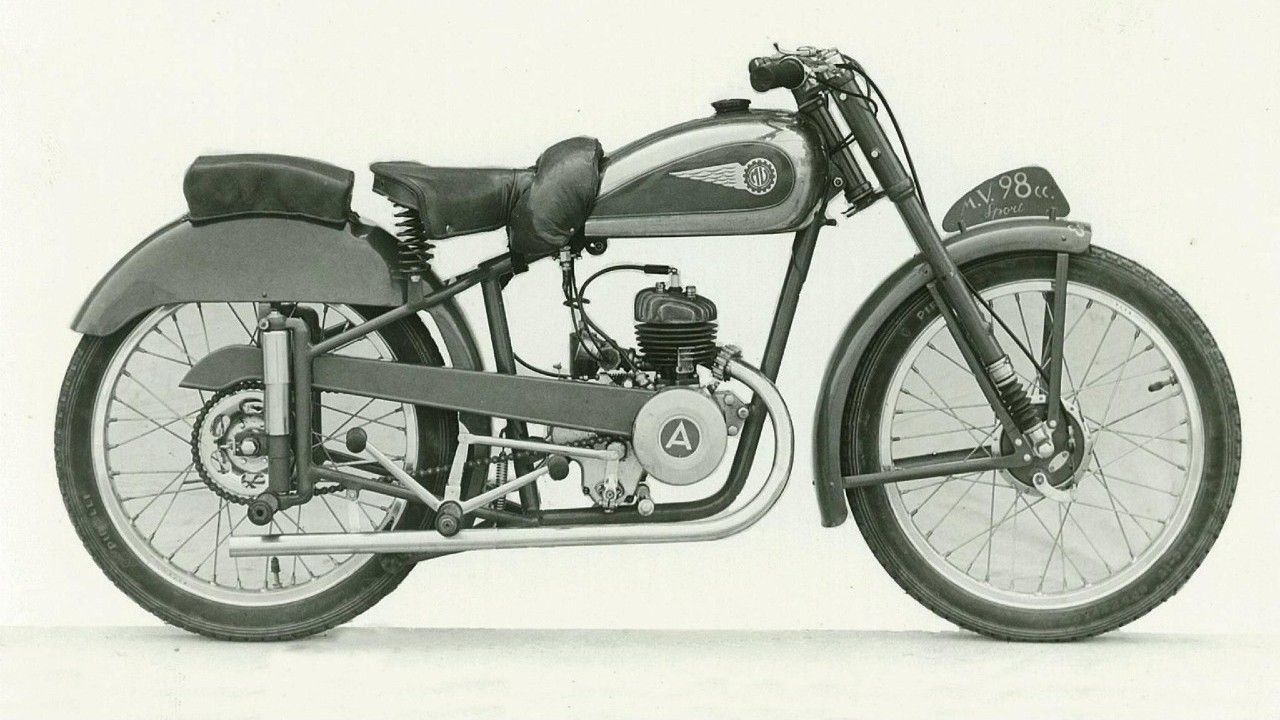
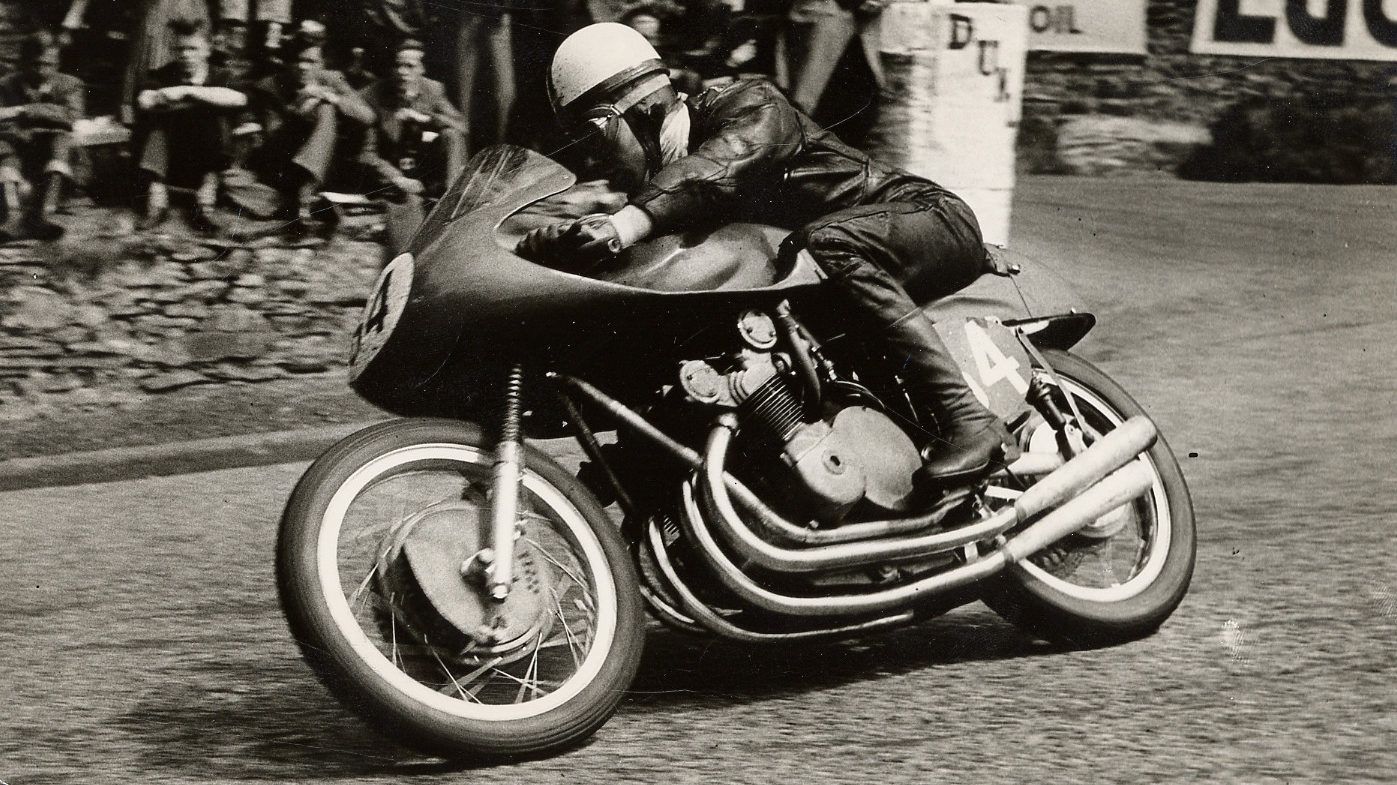
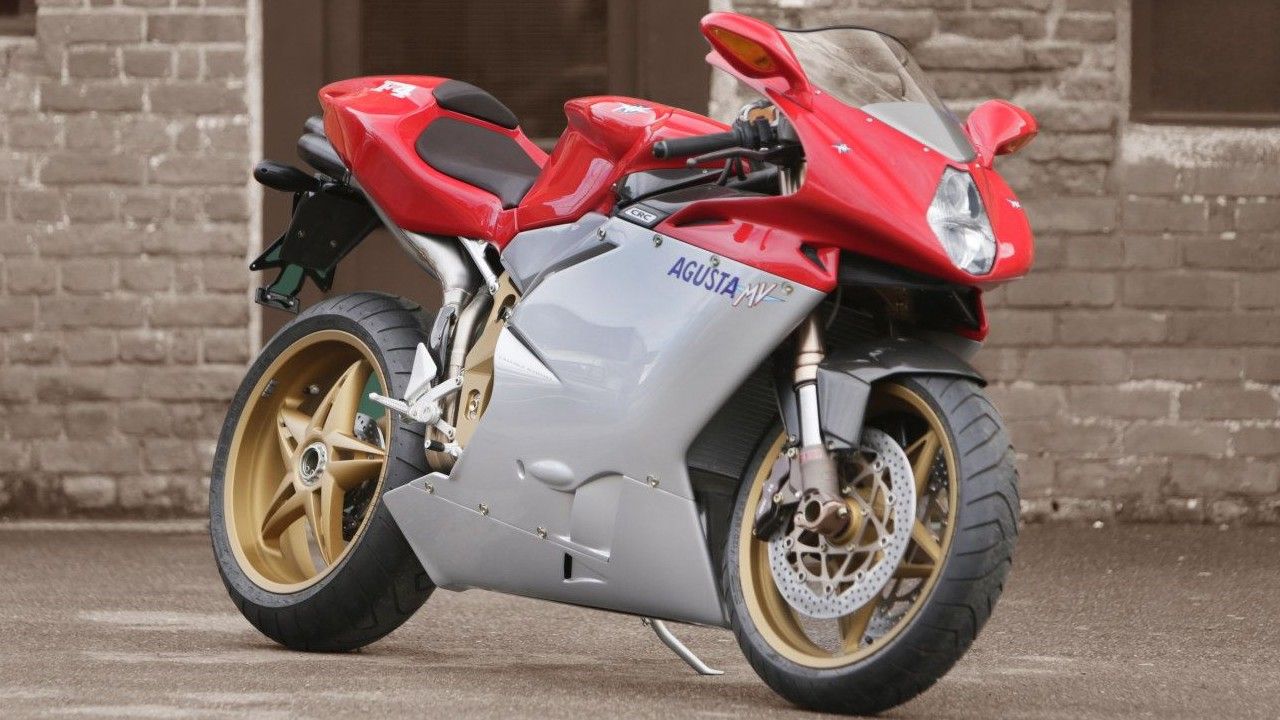
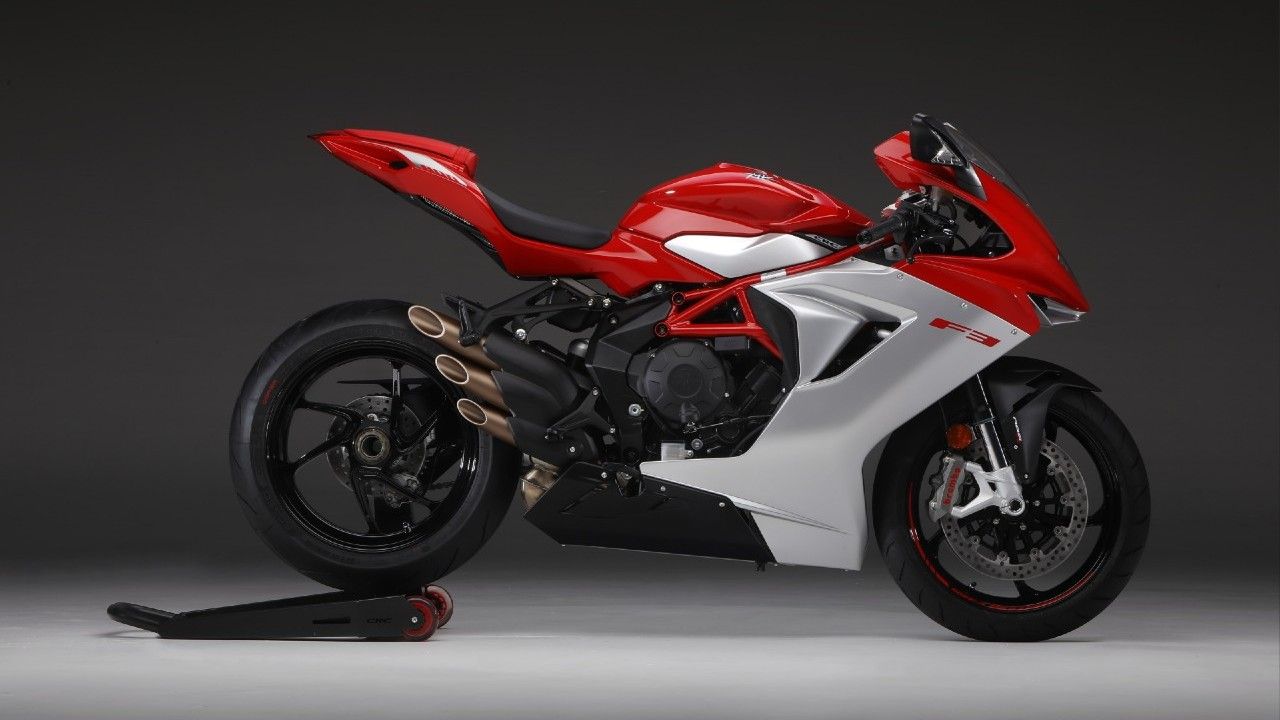
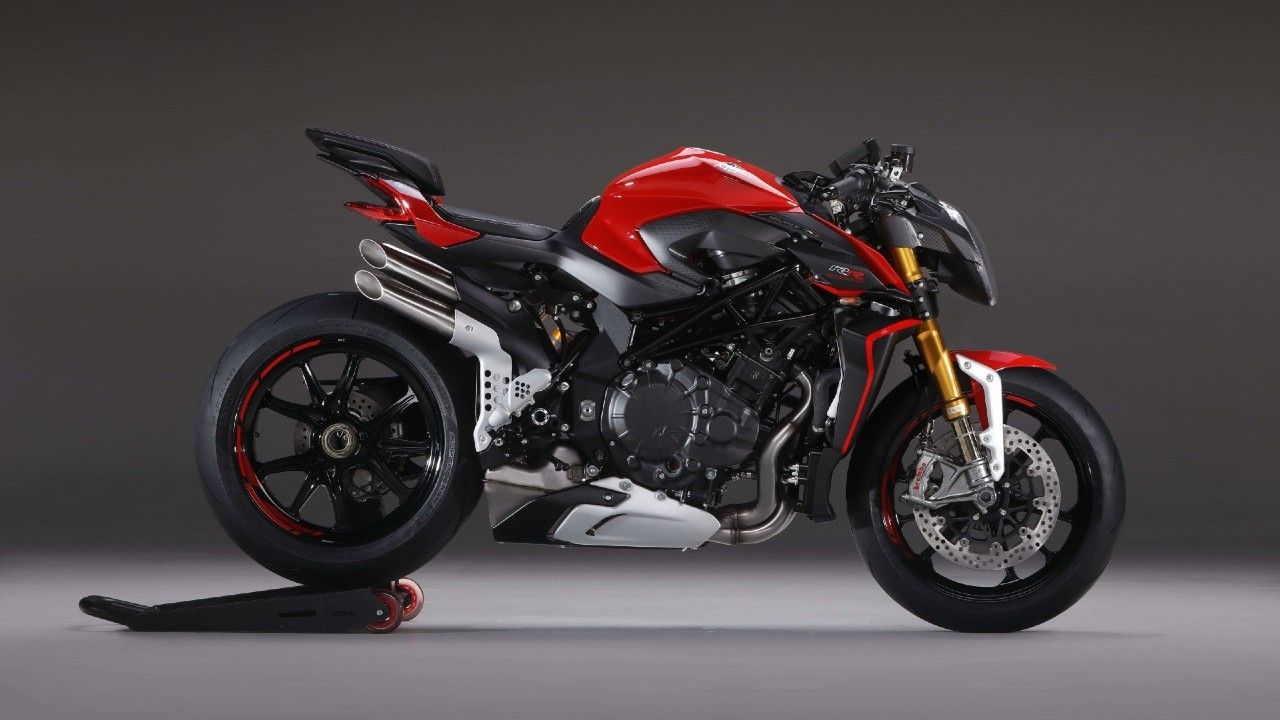

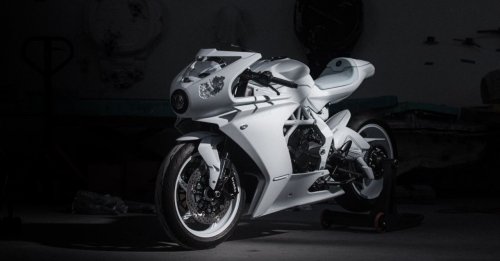
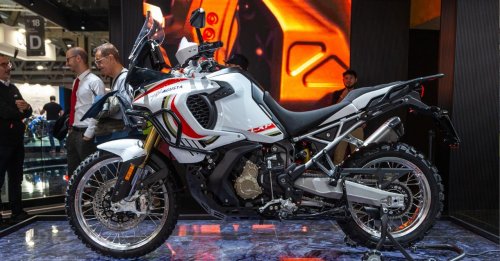
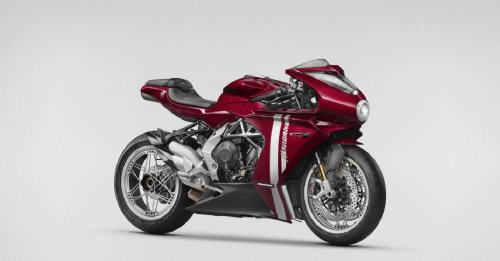

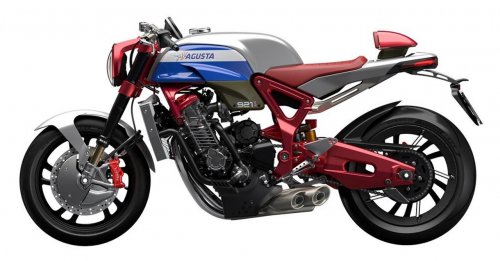














Write your Comment